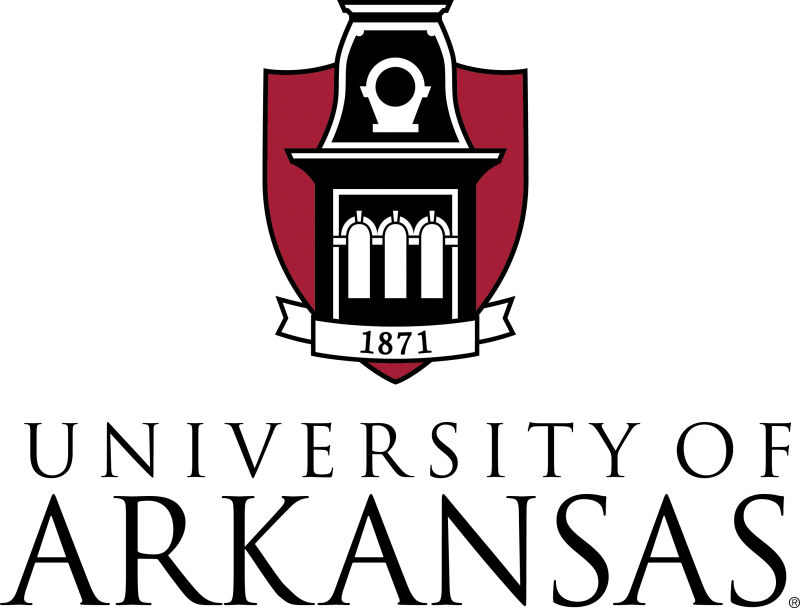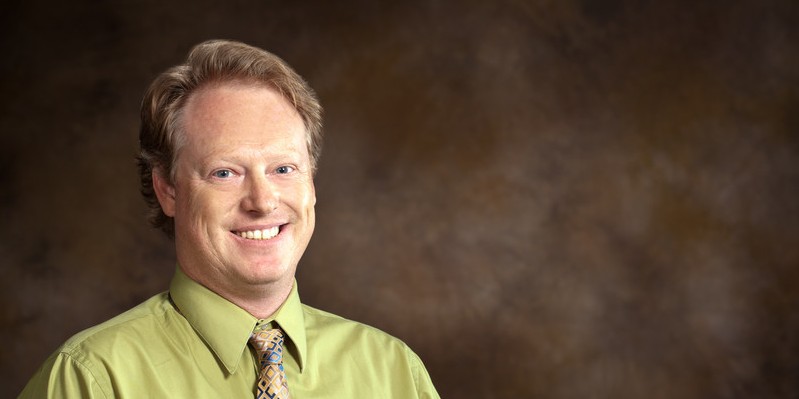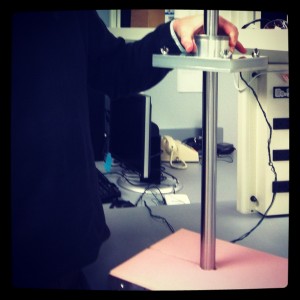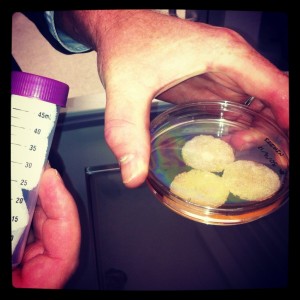Jeffrey Wolchok, assistant professor of biomedical engineering, makes what he calls “widgets and devices that allow us to understand the behavior of cells.”
Wolchok looks at what happens when tissues in our bodies are damaged, and he investigates ways to prevent or repair that damage. One of his research goals is to find a way to measure the effects of traumatic brain injury on a type of brain cell called an astrocyte. These cells release several different chemicals that support neurons.
To recreate a traumatic brain injury Wolchok and his students will “crash test” the cells in a bioreactor that Wolchok has invented. Cells are loaded into the device, and crashed into a metal plate. An accelerometer measures the speed of the impact, to make sure it is comparable to the force experienced by the brain during a traumatic brain injury. Then researchers can examine the cells to find out how the impact affects the cell.
Wolchok compares another of his research projects to beekeeping. But instead of honey, he produces biomaterials that mimic the properties of human tissues. In order to create these materials, Wolchok starts with a special polyurethane base called a sacrificial scaffold. He compares this to a honeycomb, which he populated with “bees”–cells such as muscle cells.
These cells create biomaterial “honey.” Muscle cells, for example, secrete collagen. Once the polyurethane scaffold and the original cells have been removed, Wolchok has something called an extracellular matrix, or ECM, scaffold. This biomaterial can be inserted into the human body, where it supports the growth of new muscle cells to repair injuries.Muscle injuries can be difficult to treat, because severely damaged or degenerated muscle doesn’t grow back by itself. Biomaterials like the ones Wolchok is creating in his lab would allow doctors to offer new and better treatments for patients with muscle injuries.
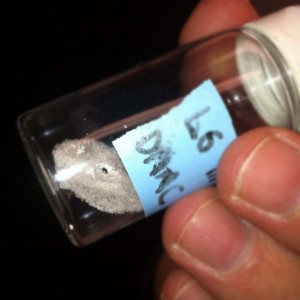
The final product of Wolchok’s research, an ECM scaffold, can help the body grow new muscle tissue to repair damage.
